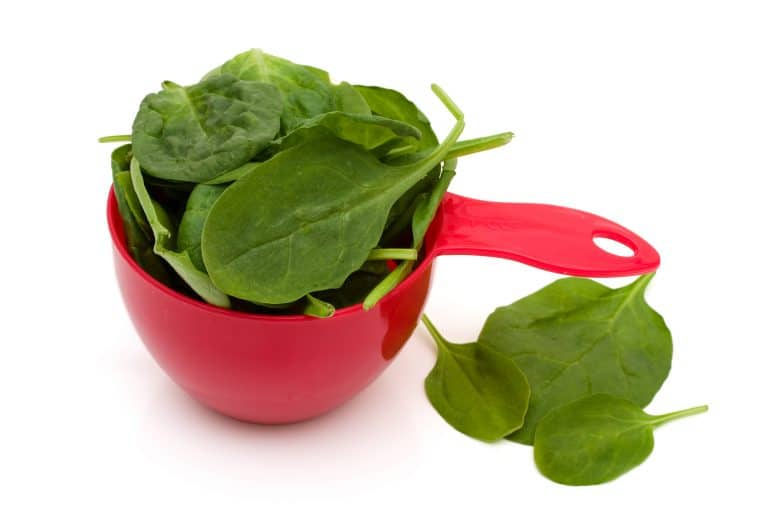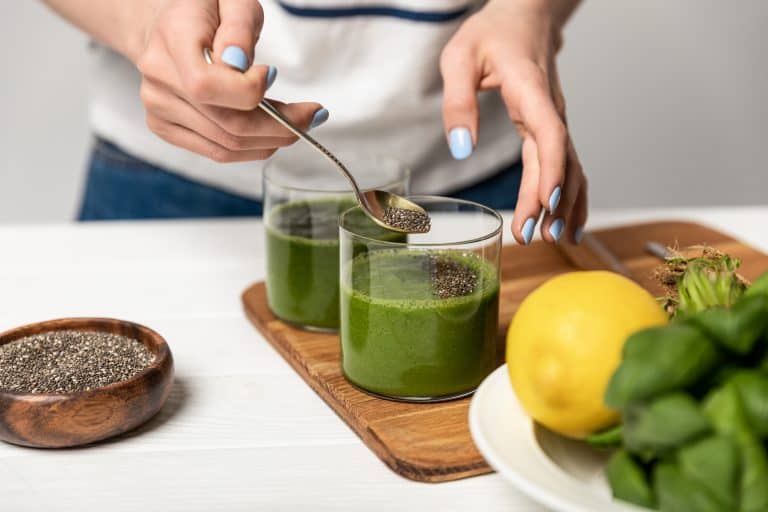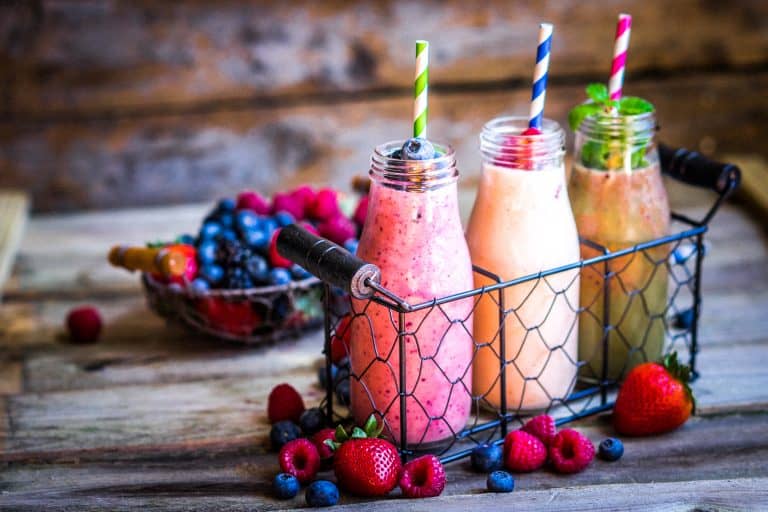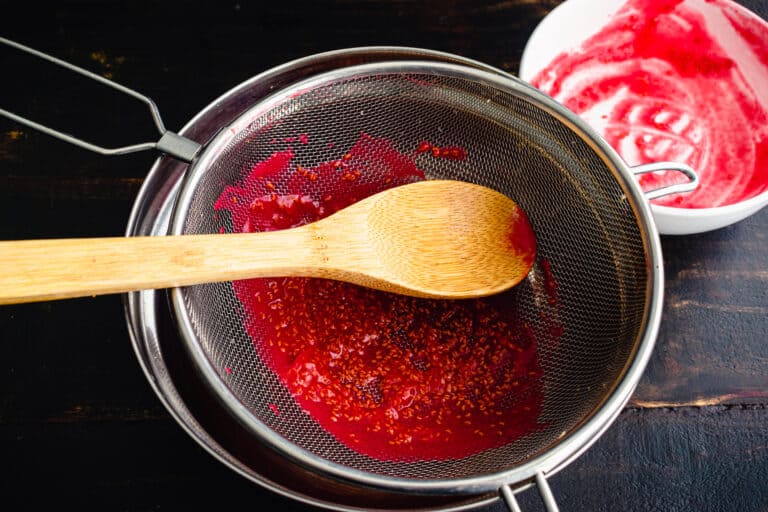How to Keep Smoothies from Separating
Disclosure: This post may contain affiliate links, meaning I get a commission if you decide to make a purchase through my links, at no cost to you.
As a mom on a weight loss journey, I’ve found that smoothies are my secret weapon. But one challenge I’ve often faced is figuring out how to keep smoothies from separating.

After sharing over 100 smoothie recipes on this site, I’ve learned a thing or two about creating the perfect, well-blended smoothie. Today, I’m excited to share my tips and tricks with you, so you too can enjoy delicious, creamy smoothies without the dreaded separation.
Whether you’re a smoothie novice or a seasoned pro, these tips will help you elevate your smoothie game to the next level. So, let’s dive in and tackle the issue of how to keep smoothies from separating.
Understanding Why Smoothies Separate
Before we can tackle how to keep smoothies from separating, it’s crucial to understand why this happens in the first place.
Different Densities of Ingredients
One of the main reasons smoothies separate is due to the different densities of the ingredients we use. When you blend fruits like bananas or mangoes with leafy greens or almond milk, each ingredient has a different weight and consistency. Over time, these ingredients tend to separate, with the heavier particles settling at the bottom of your mason jar and the lighter ones floating to the top.
Presence of Insoluble Fibers
Certain fruits and vegetables, like apples and celery, contain insoluble fibers. These fibers do not mix well with other ingredients, leading to separation. On the other hand, fruits like peaches and pears contain soluble fibers, which blend smoothly and help prevent separation.
Oxidation Process
When your smoothie is exposed to air, it undergoes an oxidation process. This not only changes the color of your smoothie (ever noticed how your green smoothies turn brown after a while?), but it also speeds up the separation process. Storing your smoothie in an airtight container can help slow down this process.
Temperature Changes
If you’re adding ice cubes to your smoothie or using frozen fruit, the change in temperature as your smoothie comes to room temperature can also cause separation. As the ice melts, it can water down your smoothie, leading to a layer of liquid on top.
Now that we understand why smoothies separate, let’s move on to the fun part – how to keep them well-blended and delicious!

How to Prevent Smoothie Separation
Now that we’ve covered why smoothies separate, let’s dive into the practical tips and tricks on how to keep smoothies from separating. These are methods I’ve personally tested and perfected over time, and I’m confident they’ll work for you too.
Using Less Acidic Fruits and Vegetables
One of the first things I learned in my smoothie journey was to choose my fruits and vegetables wisely. Fruits and vegetables with less acidity tend to blend better and separate less. For instance, I’ve found that banana, mango, and peach, which are less acidic and have soluble fibers, blend smoothly and help keep the smoothie from separating.
Consuming the Smoothie Immediately
This might seem obvious, but it’s worth mentioning. The longer a smoothie sits, the more likely it is to separate. I always try to drink my smoothies immediately after blending. If I’m making a smoothie for later, I store it in an airtight container (mason jars work great!) and give it a good shake before drinking.
Using Natural Emulsifiers
Natural emulsifiers are a game-changer when it comes to preventing smoothie separation. Ingredients like Greek yogurt, avocado, and bananas work wonders in keeping your smoothie well-blended. They bind the ingredients together, creating a smooth, creamy texture that lasts. I’ve also found that adding a spoonful of nut butter, like almond butter or peanut butter, can also help keep everything mixed.
Reducing Oxidation
Reducing oxidation is key to maintaining the color and preventing separation in your smoothies. I’ve found that adding a splash of citrus juice, like orange juice or lemon juice, can help slow down the oxidation process. Also, storing your smoothie in an airtight container with little to no air space can significantly reduce oxidation.
Keeping the Smoothie Cold
Keeping your smoothie cold can slow down the separation process. I love using frozen fruit in my smoothies, not just for the added chill but also for the smoother consistency it provides. If I’m using fresh fruit, I’ll often add a few ice cubes to keep it cold. If I’m preparing a smoothie for later, I store it in the fridge or even the freezer if it’s going to be a while before I drink it.
Using Frozen Fruits and Berries
Using frozen fruits and berries not only keeps your smoothie cold but also gives it a thicker, creamier texture, which can help prevent separation. I always keep a stash of frozen bananas, berries, and mangoes in my freezer for my smoothies. They blend beautifully and add a natural sweetness that I love.
Remember, the key to a well-blended, non-separating smoothie is a balance of the right ingredients, immediate consumption or proper storage, and the use of natural emulsifiers. With these tips, you’ll be able to create delicious, perfectly blended smoothies every time!
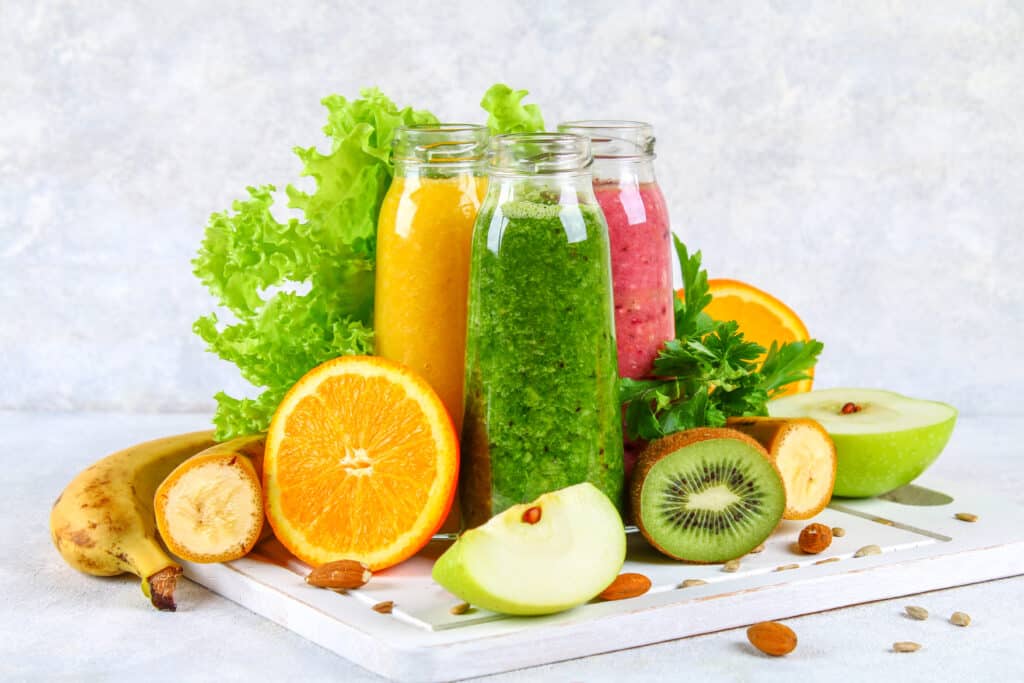
Tips for Making Smoothies That Don’t Separate
Now that we’ve covered the basics, let’s delve into some additional tips and tricks that I’ve learned over the years. These will help you make smoothies that not only taste great but also stay well-blended.
Choosing the Right Ingredients
The ingredients you choose can make a big difference in whether your smoothie separates or not. As I mentioned earlier, fruits with soluble fibers like bananas, mangoes, and peaches are excellent choices. They blend well and help keep your smoothie from separating.
Adding a source of protein, like Greek yogurt or protein powder, can also help. They act as natural emulsifiers, binding the ingredients together and creating a smoother texture.
For a touch of healthy fats and added creaminess, I love adding nut butters. Almond butter, peanut butter, or even coconut milk can add a delicious richness to your smoothie and help prevent separation.
Preparing the Smoothie Just Before Consumption
If possible, try to prepare your smoothie just before you plan to drink it. The less time it sits, the less likely it is to separate. If you need to make it ahead of time, store it in an airtight container in the fridge and give it a good shake before drinking.
Getting the Consistency Right
The consistency of your smoothie can also affect whether it separates or not. A smoothie that’s too watery is more likely to separate than one that’s thicker. To get a thicker consistency, use less liquid and more solid ingredients. Frozen fruits, yogurt, and even a handful of leafy greens can help thicken your smoothie.
Blending the Smoothie Well
A well-blended smoothie is less likely to separate. I recommend using a high-powered blender to ensure all the ingredients are thoroughly mixed. If you don’t have a high-powered blender, blend your smoothie for a bit longer to ensure everything is well combined.
Adding Extra Ice Cubes or Frozen Almond Milk Cubes
Adding extra ice cubes or frozen almond milk cubes can help keep your smoothie cold and slow down the separation process. Plus, they add a nice chill that’s perfect for hot days. I always keep a tray of frozen almond milk cubes in my freezer for this purpose.
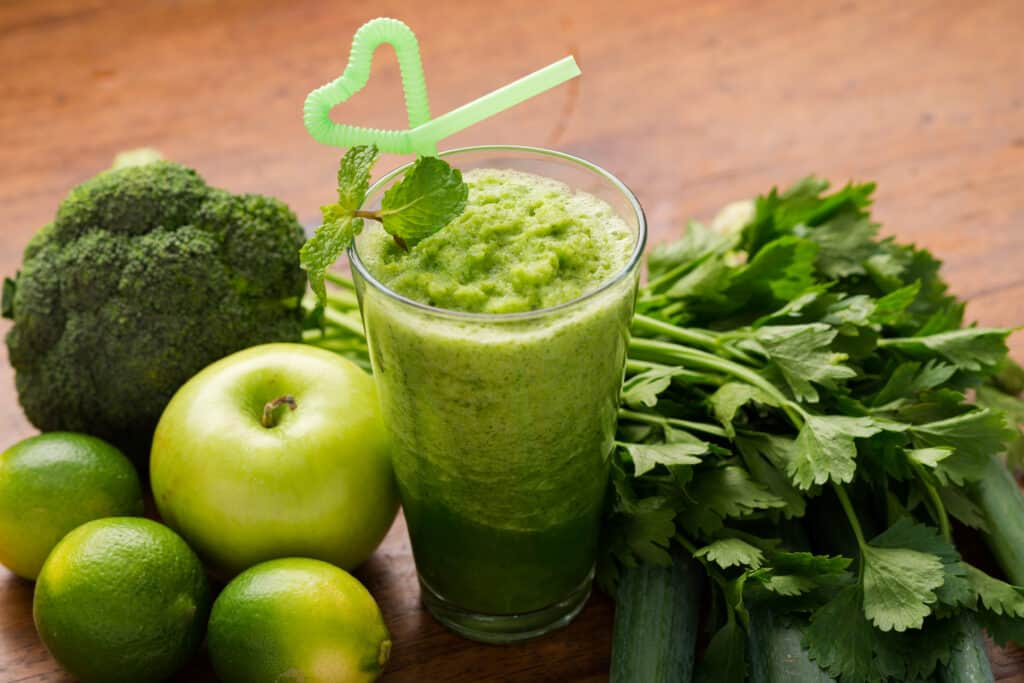
What to Avoid When Making Smoothies
While knowing what to do is important, it’s equally crucial to understand what to avoid when making smoothies. Here are some common pitfalls that can lead to smoothie separation and how to avoid them.
Using Fruits and Vegetables with Insoluble Fibers
While fruits and vegetables are a healthy addition to any smoothie, some can contribute to separation due to their high insoluble fiber content. Ingredients like apples, celery, and some leafy greens can cause your smoothie to separate over time. Instead, opt for fruits and vegetables with soluble fibers like bananas, peaches, or mangoes.
Letting the Smoothie Sit for a Long Time
As we’ve discussed, the longer a smoothie sits, the more likely it is to separate. If you can’t drink your smoothie immediately after making it, store it in an airtight container in the fridge and give it a good shake before drinking.
Adding Too Many Powdery Ingredients
While protein powders, flax seeds, and chia seeds can add nutritional value to your smoothies, adding too much can cause your smoothie to thicken and separate. A good rule of thumb is to add no more than a tablespoon or two of these ingredients.
Adding Too Much Ice
While a few ice cubes can help keep your smoothie cold and slow down the separation process, adding too much can water down your smoothie and cause it to separate. Instead of using a lot of ice, try using frozen fruits or frozen almond milk cubes for a chill without the extra water.
Using the Wrong Liquid
The type of liquid you use in your smoothie can also affect whether it separates or not. Juices, especially those with added sugar, can cause your smoothie to separate. Instead, try using milk (dairy or plant-based), yogurt, or even just water.
Final Thoughts on How to Keep Smoothies from Separating
As a mom who has made more smoothies than I can count, I can tell you that keeping them from separating can be a bit of a challenge. But with the right techniques and a little bit of knowledge, it’s definitely achievable.
Remember, the key to a well-blended smoothie is choosing the right ingredients. Opt for fruits with soluble fibers like bananas and mangoes, and don’t shy away from natural emulsifiers like Greek yogurt or nut butters. They not only add a delicious creaminess to your smoothies but also help keep them from separating.
Timing is also crucial. Try to enjoy your smoothie soon after making it, or store it properly if you’re saving it for later. And don’t forget about the temperature – a cold smoothie is less likely to separate than one at room temperature.
Avoiding common pitfalls like using too much ice, letting the smoothie sit for too long, or using the wrong type of liquid can also go a long way in preventing separation.
I hope these tips and tricks will help you in your smoothie-making journey. Remember, every smoothie is a chance to experiment and learn. So don’t be afraid to try different combinations and techniques. Here’s to delicious, well-blended smoothies that stay together, sip after sip!
Happy Blending!
Amanda
